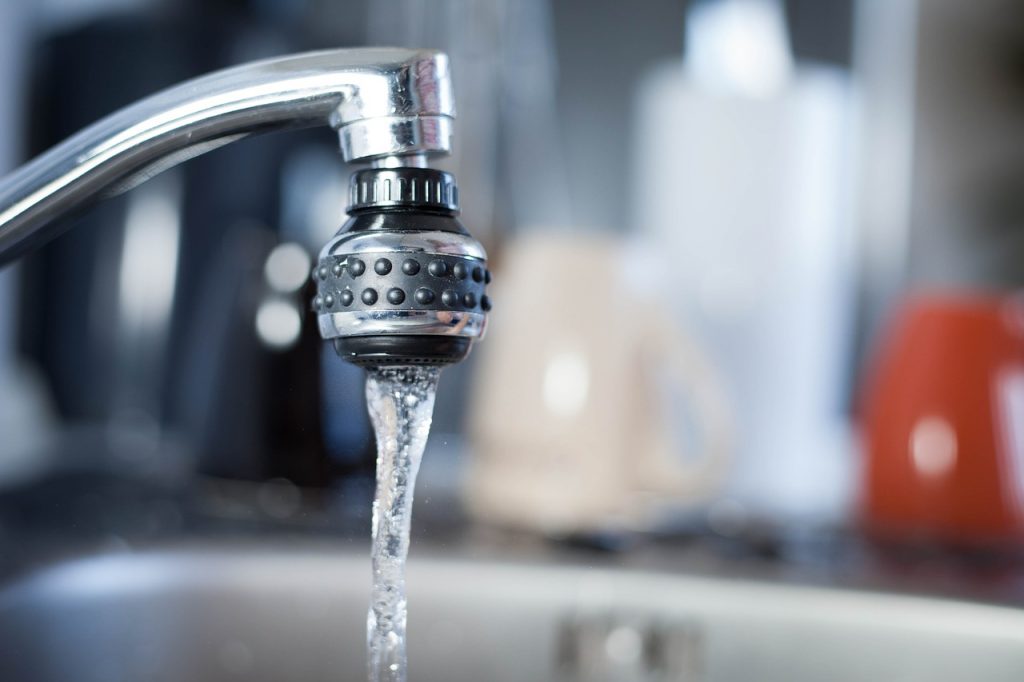Why Your Tap Water Might Not Be As Clean As You Think
Tap water is supposed to be safe for consumption, but it may not be as clean or safe to drink as you think, here's why.
This article is more than 2 years old

Tap water, though most people drink it, isn’t always the safest liquid to ingest. Depending on where you are and what city, the purity quality varies as well as what chemicals are found in the water. Last year, the Environmental Protection Agency launched a project to inspect tap water for chemicals called PFAS, which are per- and poly-fluoroalkyl substances. The danger with these chemicals lies in their virtually non-existent biodegradability. Because of these substances’ health risks, the EPA is investing in more research surrounding the chemicals and which water sources they’re located.
The EPA released its report yesterday detailing four different water advisories for tap water. The advisories located the PFAS chemicals in drinking water around the country, an issue Joe Biden and his team intend to tackle. The EPA is currently encouraging states and territories to apply for $1 billion of grant funding to help their communities filter tap water or reconstruct their damaged filtration pipes. Often, the neighborhoods that suffer from extended PFAS contamination have a majority of marginalized communities. Those disenfranchised by the government have been experiencing the brunt of environmental disaster and pollution for too long, making this grant for water filtration more necessary than ever.
The problem with PFAS is their inability to naturally break down in the environment. Known colloquially as “forever chemicals,” the fluorine in the substance is chemically inert, meaning they have a difficult time decomposing. They stick around for extended periods in the environment, making them dangerous to people and the planet. PFAS are primarily used in industrial and manufacturing facilities due to their ability to repel liquids. But these industries often don’t dispose of the chemical properly, which is how they’ve ended up in the soil and tap water.
Research is still being conducted on whether PFAS in tap water is a substantial hazard to humans. EPA’s program attempts to extend needed research on these chemicals since previous studies have been inchoate and minimal. The small amount of testing scientists have done with animals has shown that PFAS could impact human health in some form. The EPA’s recently proposed strategy will also continue testing and studying the scientific knowledge already published.
Two of the chemicals the EPA identified in tap water had an advisory linked to them in 2016. The updated advisory on perfluorooctanoic acid and perfluorooctane sulfonic acid includes more scientific evidence that concentrations of these substances can be a risk to human health. Both hexafluoropropylene oxide and perfluorobutane sulfonic acid are new to the primary advisory, and not much is known yet about these substances as potentially hazardous. Alongside the advisories, the EPA included the lowest concentration of each chemical that would pose a threat to humans when ingested. A specific section identifies how much tap water with the concentrated substances could be drunk safely.
With the EPA issuing a new report and a potential billion-dollar grant for communities, purified tap water nationwide could be likely in the future. Unfortunately, there isn’t a lot of movement from the presidential cabinet and the EPA toward tangibly reconstructing pipes or getting rid of these harmful chemicals in the water. Most of the report revolves around identifying PFAS and its potential harm, which is only a small step in ensuring clean water for all American residents.






